This blog is several years old and only remains to avoid creating missing links and dead-end pages on our sites and serves only as a historical piece.
Tail Fly Fishing Magazine has learned of alleged questionable business practices and our team no longer uses or recommends Clutch Fly Rods. All of the Clutch fly rods in our possession have been donated in an attempt to distance ourselves from this company and this brand. We are in no way affiliated with Clutch and will not be for the foreseeable future.
Clutch Rods
I’m not going to sit here and pretend I am the Gandalf of fly rods. In fact, I don’t really know much beyond the type of action a rod has. Well, that’s not entirely true. Mostly, I don’t have any knowledge about what goes into making a fly rod. Don’t get me wrong. I own six fly rods and can tell the subtle difference between them, but I am still far from an expert. To me if it feels good when I cast it and it has some ass to it, then I am sold. I have never really put an emphasis on components, where it is made or what brand it is. This all changed when I visited Clutch Rods in Port Clinton, Ohio.
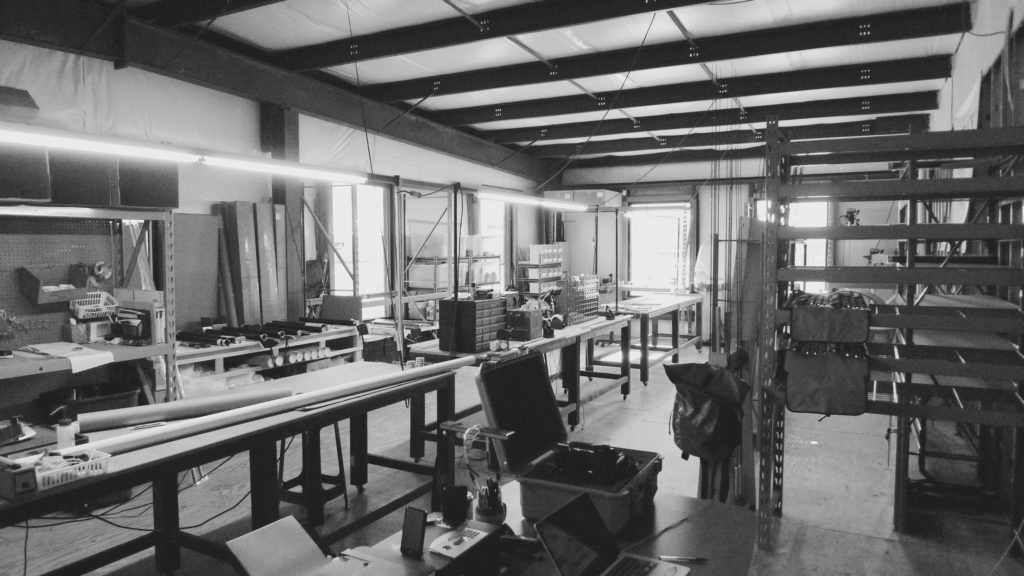
Port Clinton sits on a small Peninsula on Lake Erie. Its not exactly tarpon town USA, but what goes on in Lee Janik’s 1,400 square foot facility is quickly putting it on the map. I started hearing about Clutch rods on blogs and social media around a year ago. With so much buzz, I decided to make the trip to northern Ohio to check out what Clutch has done differently to gain such a quick cult following. Before I left, I practiced casting my seven, nine and eleven weight rods in my back yard. This way I could compare Clutch Rods against my quiver.
The shop was not what I expected, in a good way. I was picturing a large warehouse with giant machines (rod making machines?) and mechanical rod tools to help with each step of the way. The shop looks more like a Brooklyn railroad apartment than a factory. There are a few different stations set up around the room that Lee points out as he explains the process. I’m already thinking in my head that it’s crazy and cool that the rods are hand made right here, all in the United States.

We start first with the graphite and the rod blanks. Lee has worked in construction most of his life; obviously building comes naturally to him. He then explains to me that for a long time he competed in distance casting. (This is obvious when he shoots his line and some backing with one false cast when we are outside.) At one time during his competitive career, he was sponsored by most rod companies. Clutch Rods just started out as a project for him and a few close friends. Then he sent a rod down to the Keys for a friend to try out. Well, that rod ended up getting passed around to other guides to try. When he finally chased it down a few months later, he knew from the overwhelming positive feedback that he had something special.
When we are looking at the blanks stacked up neatly against a wall of wooden pockets, he explains the trajectory of the line when casting. Lee finds the spine of each rod before attaching the guides so that they align with the graphite’s natural direction of twist. He goes further by explaining that when the blanks are rolled, they tend to track left or right which can affect one’s accuracy, a crucial aspect of sight fishing. Imagine your spine. Now imagine if your whole body was shifted over ten inches to the left, but your spine was still straight. It sure would make doing things difficult (like wiping)—and it would do the same for your casting.
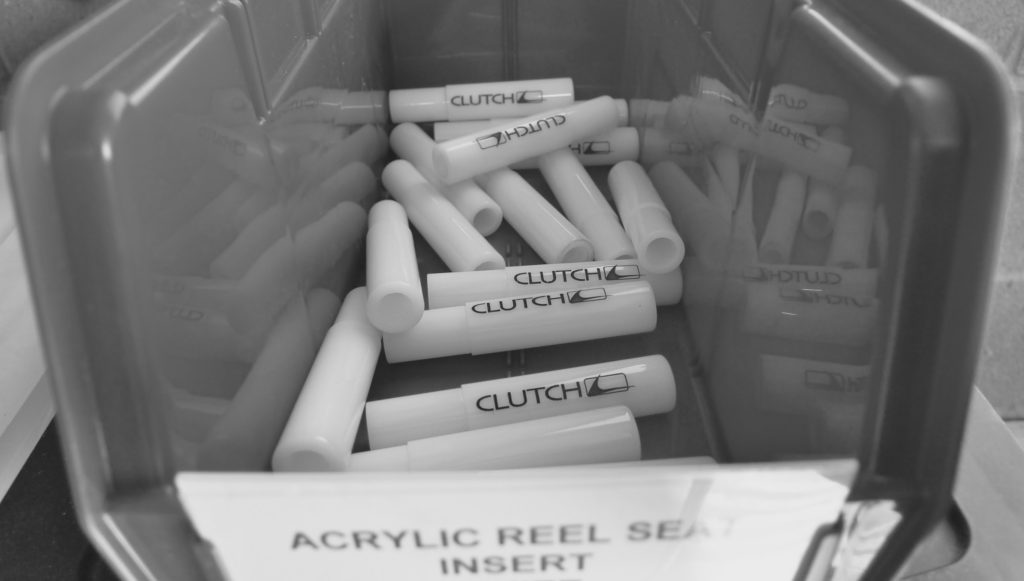
His components are built with the same craftsmanship and attention to detail as his blanks are. I quickly pick up on the trend that he only uses the best, but what I also really like is his decision to source the majority of his components (and even his rod socks) to local companies in the United States. The American made titanium guides that go on his premium rods are much stronger, lighter and just flat out sexier than those on my current tarpon rod. Each part of his rods reflect premium quality. He then walks me through the threading and drying process. I have never seen this before so it’s super cool to witness in person. His rods are perfectly wrapped, and then set on home made dryers made from foundational concrete pouring tubes.
After an extensive review of the rod manufacturing process, we head outside to cast them. I’m excited, especially after learning how they are made. We take out a few different rods – nine and 11 weights – from his premium Archipelago and the mid-priced Core rod series. First up is the Core 11 weight. I first notice that it is light, but not so light that it will blow away in a strong breeze. I strip out about sixty feet of line and do a roll cast forward to get the line out. The different feel of the rod is instantaneous. It’s ultra-responsive and almost effortless. I pick up around thirty or forty feet of line to back cast and it gives me an excellent sense loading even with a strong wind off Lake Erie. With other rods it often takes me a while to get comfortable with the feeling of how they load. Not with the Core series rods. I get it right away. It’s the shit—and this is the mid-range rod. After a couple of casts I look at him and he knows my expression. He calls it the “O face”. I throw a few more casts on the 11 weight, throwing tight loops in strong winds at 70 or 80 feet with ease. I am a decent caster, but I feel like Flip Pallot with this thing, no kidding.
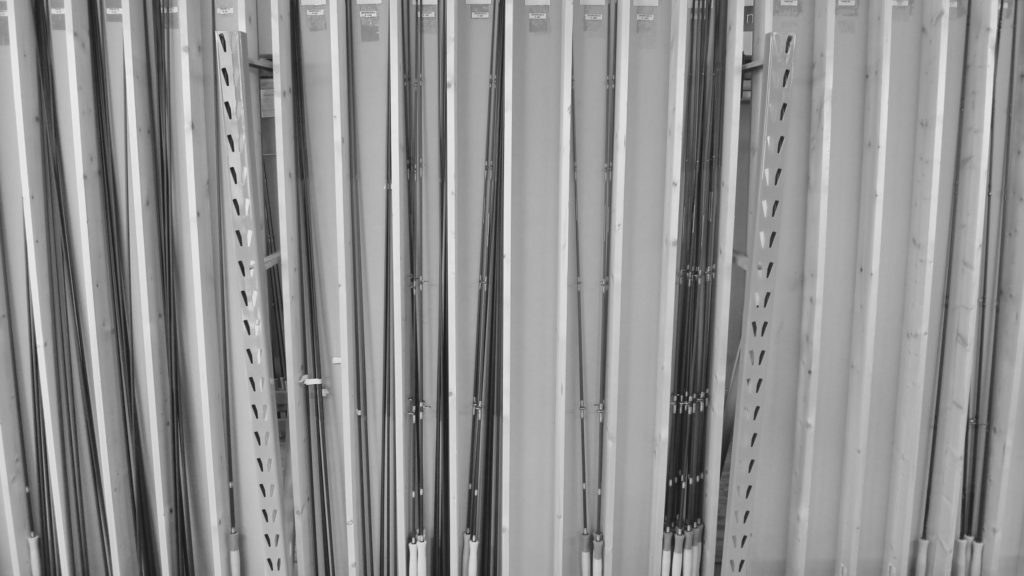
Next, we try the Archipelago series rod. It has a lighter feel than the Core. My first question is: how does this guy work on big oceanside tarpon? He smiles and says pull on it. He has his hand on the tip and I literally pull as hard as I can and I can feel how this thing has a solid backbone to pull a 125 pound tarpon to boat side. The rod bends perfectly along the taper giving the angler miles of backbone without sacrificing the fast tip. I strip out my line and give a quick flick to start casting. One back cast and I start laughing out loud. The feel and response from the rod on the Archipelago series is outstanding. The loading reminds me of the difference between braided line and mono, this being braid of course. The super-fast action really allows for you to feel and find the loading points more easily, therefore making casting easier. Within minutes I am doing 70 foot casts with one back cast. I then start to see how accurate it can be in the strong winds. It’s noticeable. Very noticeable. His process of spining the rods creates a different action that will pay dividends for any angler.
We spend the next couple hours casting his rods of various weights. He takes some casts and he is able to blast out a 100 footer with one false cast in a strong headwind. (I couldn’t resist getting some pointers on my own casting when doing this.) We then start talking about how most fish are going to be in that 40 to 50 foot range so there is not a huge need for extreme distances, which I agree with. Sure, you may have that one Hail Mary out of desperation but that’s about it. He tells me a great story about how one time he was fishing in the Louisiana Delta for big reds. His guide pointed out a big red making a wake at about a hundred feet, but not to go for it because it was out of range. Lee said, “Just turn the skiff around and I’ll get him.” Sure enough, he plops down a hundred foot cast and nails him. Now I am not saying that these rods will enable you to do that but you may come damn close.
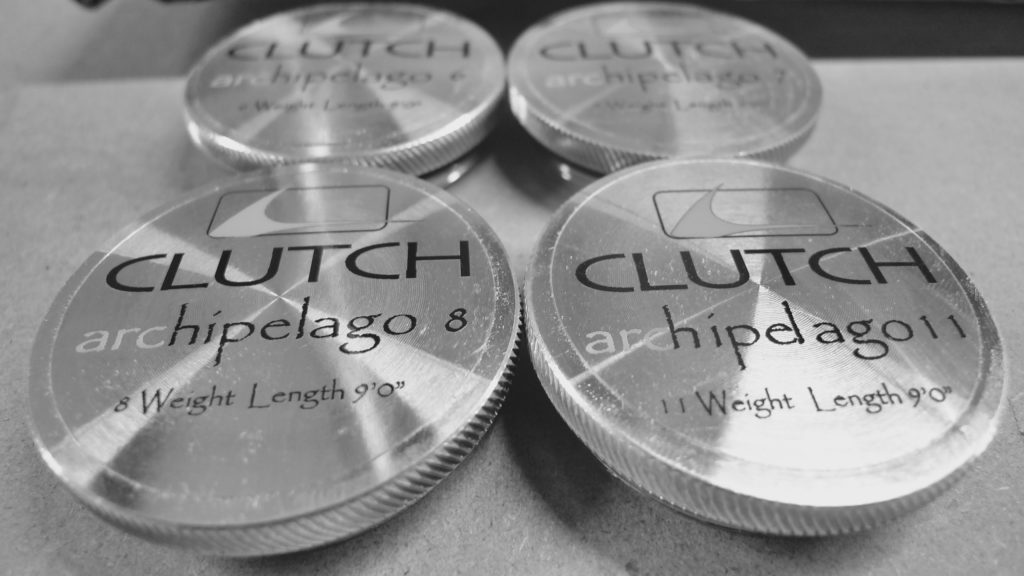
I have always been a thrifty gear buyer. I spend months researching and shopping around before I pull the trigger. I do have some really nice rods, but I generally don’t go all out and spend a fortune on them mostly because I cannot afford them (otherwise I probably would for sure). Getting the chance to visit and test out Clutch rods has made me appreciate and understand what a quality fly rod can do. While the premium Clutch rods retail for around $800, the mid-priced Core line is an exceptional value at $450 for buyers like me. After learning about Clutch’s attention to detail and approach to sourcing local components it’s a no brainer that my next purchase will be a Clutch rod.
This blog is several years old and only remains to avoid creating missing links and dead-end pages on our sites and serves only as a historical piece.
Tail Fly Fishing Magazine has learned of alleged questionable business practices and our team no longer uses or recommends Clutch Fly Rods. All of the Clutch fly rods in our possession have been donated in an attempt to distance ourselves from this company and this brand. We are in no way affiliated with Clutch and will not be for the foreseeable future.

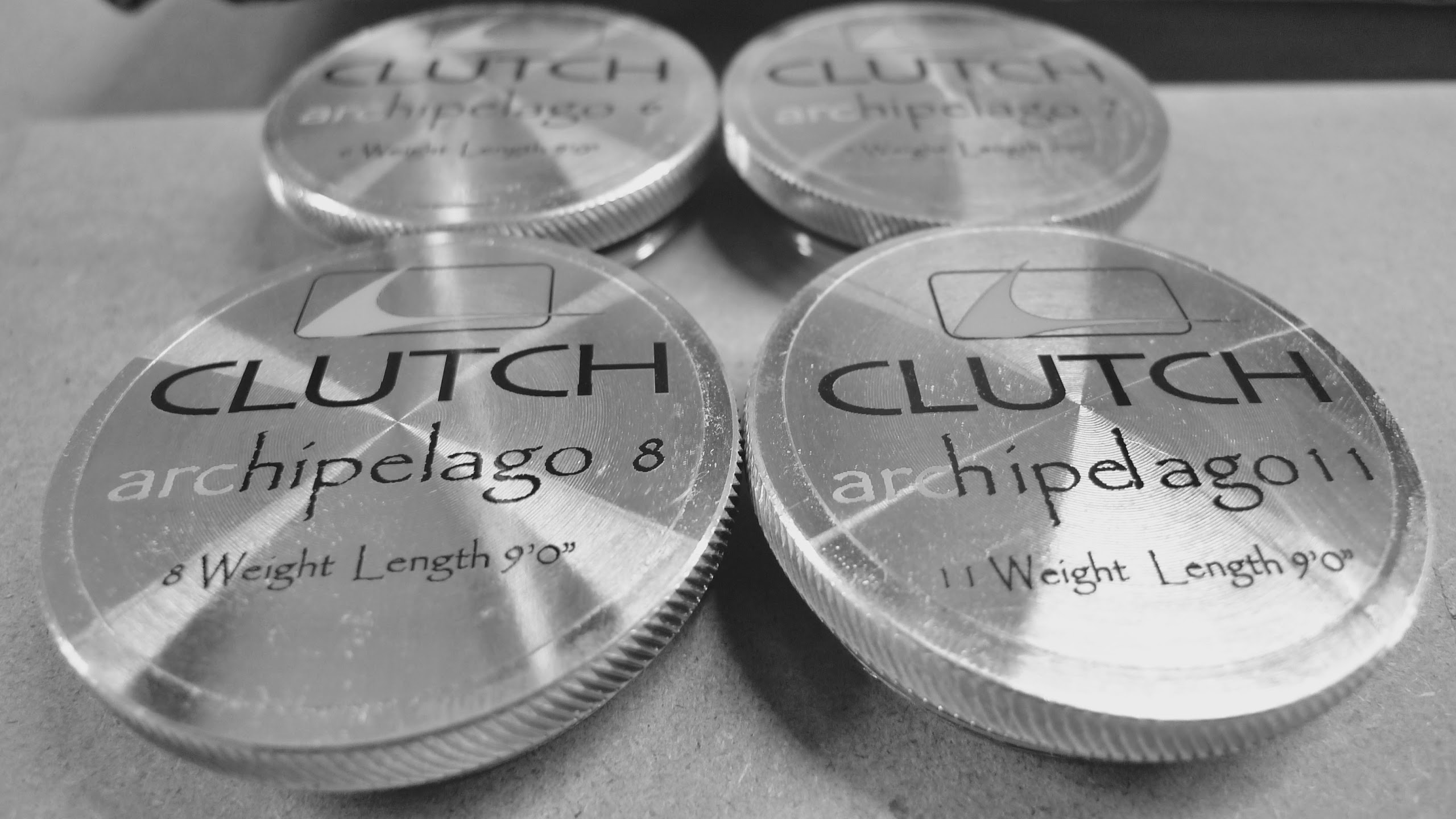

I first picked up a Clutch Archipeligo from a guide, Capt. Tyler Treece of Indian River Angler’s in Vero Beach, FL. The Archipeligo is one fantastic fly rod with a strong backbone and a great feel. We caught everything from huge snook and red fish to 40# -50# tarpon. I can’t say enough about this fly rod. My fly rod arsenal is definitely going to include a Clutch fly rod, maybe two!